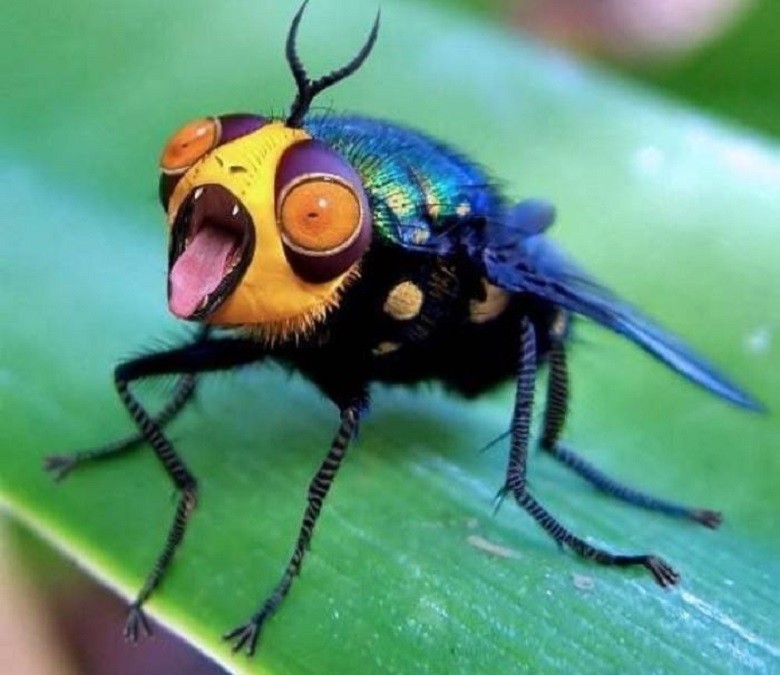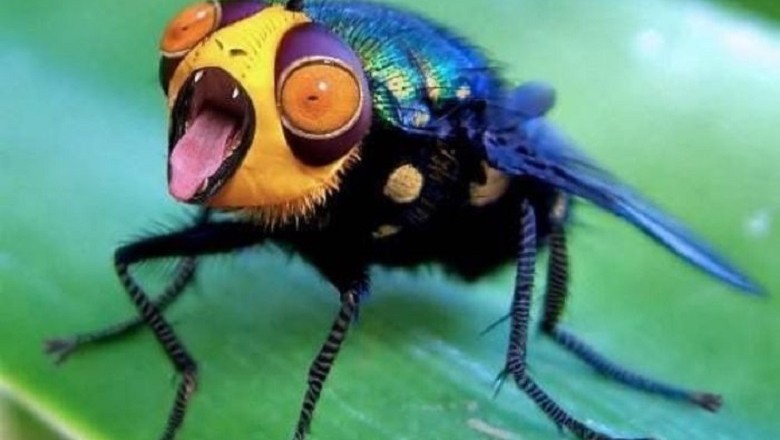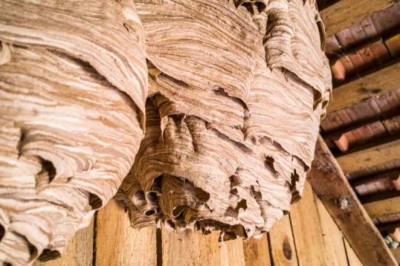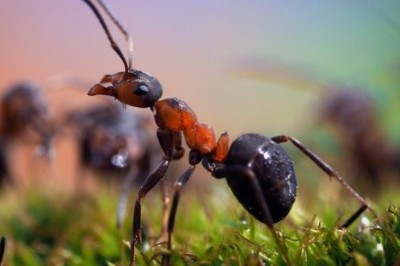Fascinating Facts about Insects

Insects are the largest group of living creatures on Earth, thriving in a wide range of habitats from deep caves to city squares. They play crucial roles in ecosystems, serving as pollinators, decomposers, and food sources for other animals. Here are some astounding facts about these remarkable creatures that may surprise you:
-
Huge Biodiversity
- More than 1 million insect species have been described, but scientists estimate there could be between 6 and 10 million species on Earth, indicating that many remain undiscovered.
-
Ancient Creatures
- Insects have inhabited the Earth for over 400 million years, pre-dating dinosaurs and surviving multiple mass extinctions.
-
Unique Abilities
- Insects exhibit incredible abilities - from dragonflies flying at speeds of up to 60 km/h to mantises possessing stereoscopic vision for accurate prey measurement.
-
Importance to Ecosystems
- Insects are vital for plant pollination, essential for fruit, vegetable, and seed production, contributing significantly to crop productivity and human food security.
-
Survival Strategies
- Insects have evolved remarkable survival tactics, such as the bombardier beetle's ability to release hot chemicals or using camouflage to evade predators.
-
Social Behavior
- Termites, ants, and bees display sophisticated social structures, with complex nest-building, specialized roles, and cooperative behaviors.
-
Record Holders for Survival
- Some insects thrive in extreme conditions, like mosquito larvae surviving in Antarctic waters and carrion beetles thriving in toxic environments.
-
Masters of Disguise
- Certain insects excel in camouflage, blending seamlessly with their surroundings. Praying mantises mimic leaves or flowers, while beetles resemble bird droppings to avoid detection.
-
Extreme Breeding Conditions
- Insect reproductive processes can be diverse and at times brutal, such as female praying mantises consuming the male post-mating for sustenance and species laying eggs in other insects for larval nourishment.
-
Migration Abilities
- Some insects undertake impressive migrations, like monarch butterflies traveling thousands of kilometers annually from North America to Mexico, a route passed down through generations.
-
Contribution to Science and Technology
- Insect studies have inspired scientific and technological advancements, from creating new materials to designing more efficient robots and drones based on insect movement.
-
Environmental Indicators
- Insects often act as indicators of environmental changes, with shifts in populations signaling pollution, climate change, and ecosystem disturbances. Protecting insects and their habitats is crucial for biodiversity and environmental health.
Conclusion Insects remain enigmatic and intriguing creatures, with their adaptability, complex behaviors, and environmental interactions continuing to captivate scientists worldwide.














Comments
0 comment